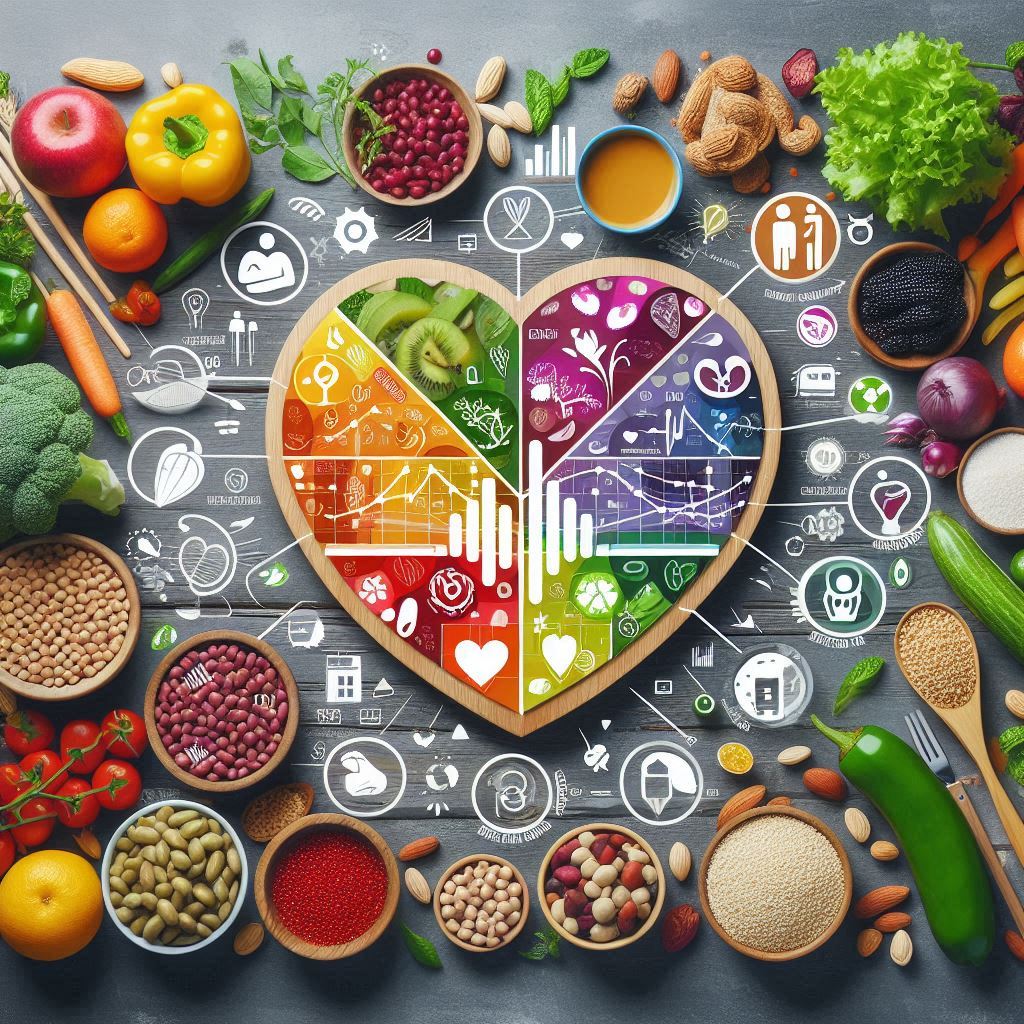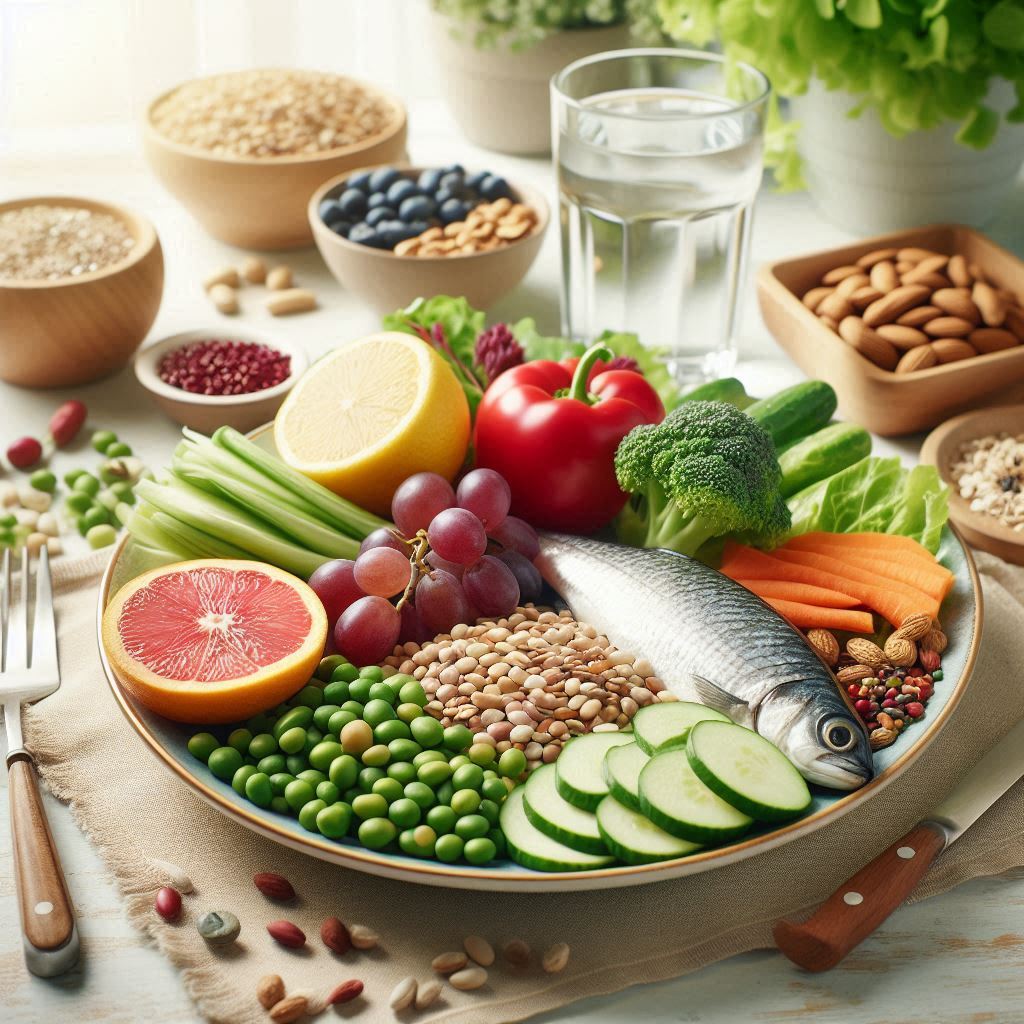The Dangers of Skipping Whole Grains in Your Child’s Diet
A Study on Nutrition and Sugar Intake among Malaysian Schoolchildren: Whole Grains in the Diets of Children: Whole grains have started to pop out as a fundamental part of a healthy diet and for some excellent reasons. Whole grains are high in fiber, vitamins, and minerals, contributing to overall health for children and adults alike. While the benefits of whole grains are well-known, their relationship with sugar intake and other nutrients in children’s diets has received less attention. A recent study in Malaysia explored this connection. It aimed to provide insights into how whole grain consumption affects nutrient and sugar intake in schoolchildren. Understanding Whole Grains and Their Importance for Children Whole grains, including brown rice, whole wheat, oats, and quinoa, contain all parts of the seedincluding the bran, germ, and endosperm. Refined grains, on the other hand, lose their bran and germ. Whole grains are rich in dietary fiber, antioxidants, and important nutrients such as B vitamins, iron, and magnesium. These nutrients are vital for children’s growth, development, and overall health. Whole grains also enhance digestive health, heart health, and help with blood sugar levels. Integrated guidelines dictate a minimum amount of whole grains as part of a child’s daily intake, yet many children do not get enough whole grains, preferring their refined counterparts-white bread and sugary cereals. This trend raises an eyebrow about the quality of diets and their long-term health of children. The Study: Whole Grains, Sugar, and Nutrients in Malaysian Schoolchildren A recent study looked into the relationship of whole grain consumption, intake of sugars, and other nutrients in 415 healthy Malaysian schoolchildren ages 9-12 years. Cluster random sampling was used during the study. Nutrient and sugar intakes of children were evaluated through 3-day 24-hour diet recalls. Intakes of whole grains were measured by a validated whole grain food frequency questionnaire. Thus, after excluding the children who misreported their diets, it resulted in a final sample of 391 children. Summary Findings of the Study General Nutrient Intake: The investigation revealed that children in the study have low intakes for whole grains, fiber, calcium, and B vitamins. These nutrients are very important for growth, bone health, and generally for general development. However, protein intake was adequate, thus implying that children were receiving enough of this crucial macronutrient. Whole Grains as a Predictor of Nutrient Intake: One of the most interesting results was that whole grain intake was an important predictor of several nutrients in children’s diets. More specifically, whole grain intake, calorie intake, carbohydrate intake, fat intake, riboflavin-a B vitamin-and sugar intake were all positively correlated. When the researchers controlled for sex, age, and ethnicity, they found that whole grain intake remained a significant predictor of those nutrients. Role of Whole Grains in Nutrition Intake for Children: How Whole Grains May Affect Nutrient and Sugar Intake The best foods containing these nutrient-dense provisions include foods such as brown rice, whole wheat, oats, quinoa, and many more. These foods are rich in fiber, vitamins, and minerals, all vital for a well-balanced diet. But in what way do whole grains have an impact on other important aspects of nutrition in children, particularly sugar intake? This study recently carried out on school children in Malaysia has for the first time offered a pointer in elucidating this relationship and has provided valuable information regarding the influence of consumption of whole grains on nutrient intake and sugar intake by children. It is crucial for guiding parents, educators, and food manufacturers towards improving nutritional quality in the diet of children. Nutritional Benefits of Whole Grains Whole grains are rich in carbohydrates, but these carbohydrates are complex and come with a wealth of additional nutrients that refined grains simply lack. Here are some key insights from the study on how whole grains impact children’s diet: Calorie and Carbohydrate Intake: Whole grain foods contain many carbohydrates. These are a source of important energy for children. The trial showed that the major contributions of calories and carbohydrates were made by whole grains. Since these school children are energy active in most mental and physical activities, this should be the right source for them. In the case of whole grain food, energy is released slowly, hence permitting better energy levels in children throughout the day as opposed to sugary snacks or refined carbohydrates. Fat Consumption: Fat plays a central role in the growth and development of the body system, especially for a child. Whole grains also contribute to fat consumption, but the fats contained therein are healthier compared to those in refined grains. Generally, whole grains are lower in unhealthy trans fats and higher in beneficial unsaturated fats, so they can be considered a better choice for overall health. Riboflavin Intake: Riboflavin, or vitamin B2, is essential in the production of energy, growth, and healthy skin and eyes. According to the study, there is a very positive association between whole grain consumption and riboflavin intake. Thus, whole grains may become an essential source of this nutrient, especially for children who require it in the process of their rapid growth. Sugar Consumption: Perhaps one of the most important findings of the study is the association between whole grain and sugar intake. The correlation, as shown in the study, between whole grains and sugar intake is positive, but the latter denotes that whole grain foods that are less likely to contain added sugars compared to processed foods are better for children. In other words, the children may reduce their sugar intake by eating whole grain instead of refined grains, which may decrease the prevalence of obesity, type 2 diabetes, and other chronic diseases. For More Click Here Relationship Between Whole Grains and Sugar Intake This is interesting, where one would note that the relationship between whole grains and sugar intake was positive. However, based on this study, it is determined that whole grains help alleviate the high consumption of refined sugar present in processed snacks and soft drinks consumed among children. Excessive sugar consumption is a big contributory … Read more






